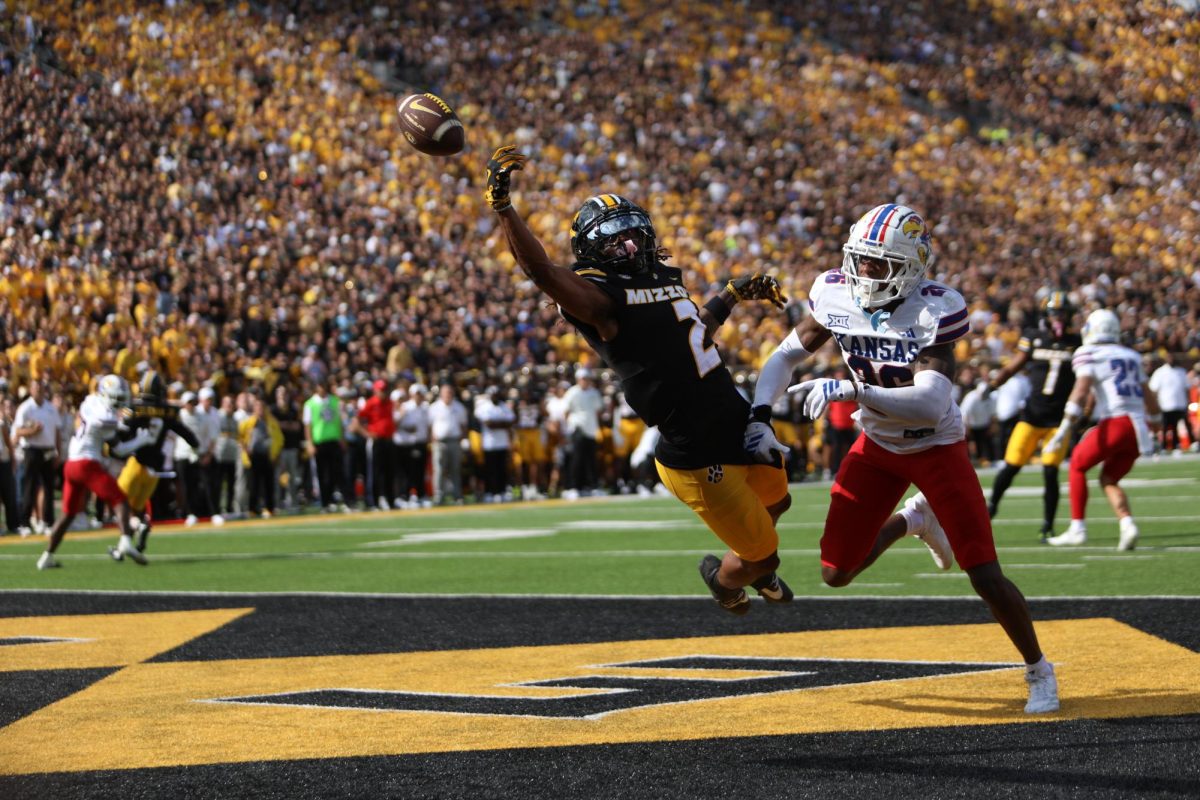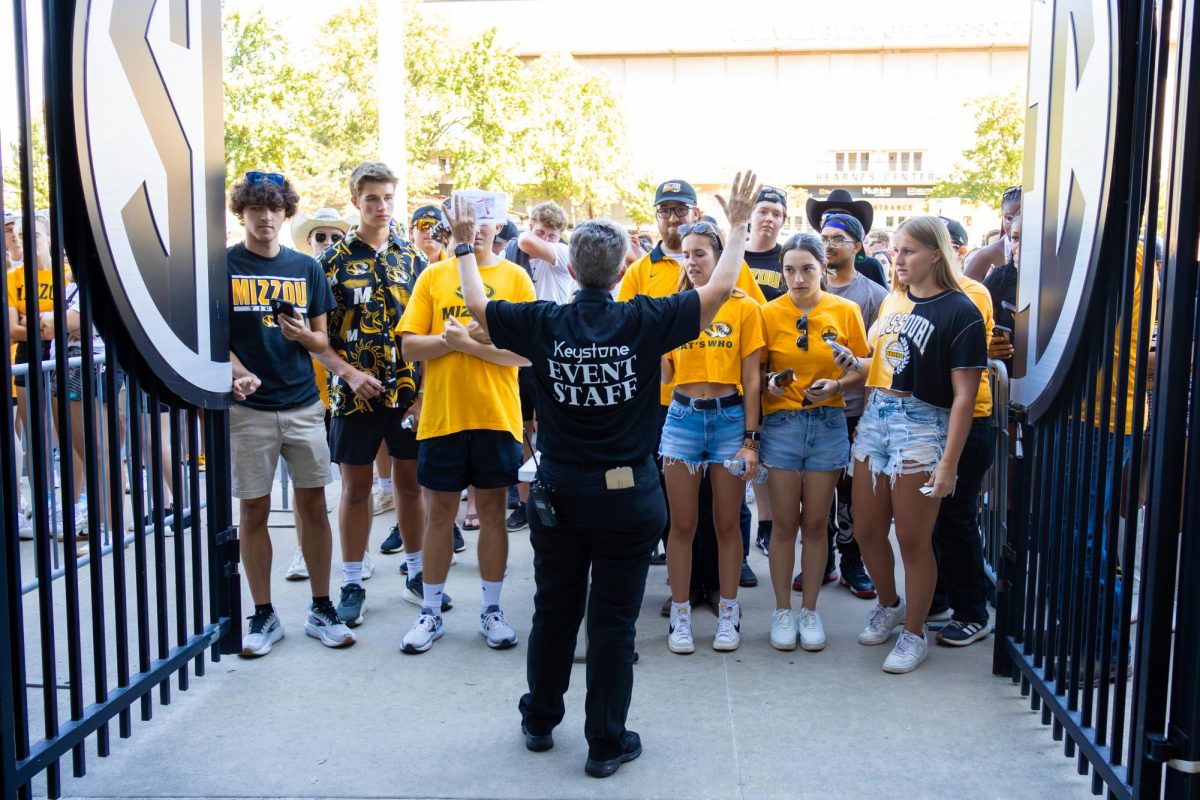The University of Missouri Extension began a new initiative Tuesday to bring rural communities together and improve rural economies through art.
The Community Arts Pilot Project kicked-off with a ceremony Tuesday at Wentworth Military Academy and College in Lexington, Mo. The program is a partnership between MU Extension, a collaborative learning initiative making university resources available to rural areas, and the town of Lexington, according to a MU News Bureau news release.
“The whole idea is to build bridges between various art departments and students on the campus with the Extension and other Missouri communities,” MU Extension advisory council member Lee Ann Woolery said.
Though the program officially began Tuesday, the planning started in 2010, Woolery said. MU Extension worked with multiple communities to build their network and inform them about the project so officials could visualize what it would look like in their own town.
The Community Arts Pilot Project began with the “Art’s Café,” a meeting of community leaders and MU faculty to plan for the project, Woolery said.
The MU theater and science departments were also involved in the project.
Lexington is the first community to be awarded the Community Arts Pilot Project, Woolery said. The MU Extension is providing a package of engagement and resources for the project. The results will vary from place to place, but MU Extension’s goal is to replicate the program through the state to provide resources and services to all communities.
The project will benefit businesses in Lexington by promoting the community, creative team member Abigail Tempel said.
Students working with the program could conduct research, be considered for internships and scholarships and have the chance to put their artwork on display. Graduate students and faculty teaching in those rural communities could lead workshops and master’s classes.
“It’s a benefit for them (Lexington students) to appreciate Lexington’s architecture and history and experience art in their day-to-day life,” Tempel said.
The project’s advisory board is focusing on how to utilize art through community and economic development with engagement opportunities. The aim is to improve lives through the economy, Woolery said. The project follows MU Extension’s mission to improve lives, communities and economies through relevant, reliable and responsive education.
“Creative minds and energy come together to create a synergy,” Woolery said.
Woolery, who has worked as both an administrator and artist, said discovery is a large part of the mission as well.
“We recognize that discovery is often about fracturing world views or acquiring acceptance of uncertainty about absurdity,” Woolery said. “The arts are a perfect tool to break those barriers to new creations and innovation.”
MU Extension has a representative in every county in the state, Woolery said. Mexico, Mo., Sedalia, Mo., Montgomery County, Mo., Warren County Mo., and Callaway County, Mo., are also engaged with the program but have not officially begun work due to lack of funding.
Though it is beneficial to have the faculty spread throughout the state, the younger generation is just as important, Woolery said. The rural communities are struggling with financial and human resources and keeping the youth involved to further economic opportunities could create a positive outcome.
“Within the community it’s a portal to really building upon and creating vibrancy and enthusiasm and passion for community members about their community,” Woolery said. “This is a community driven project, which means we’re not doing it for the community. They’re doing it. We’re just providing the resources and support to help build upon what existing strengths they already have.”







